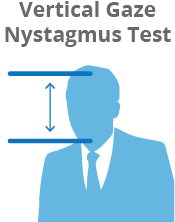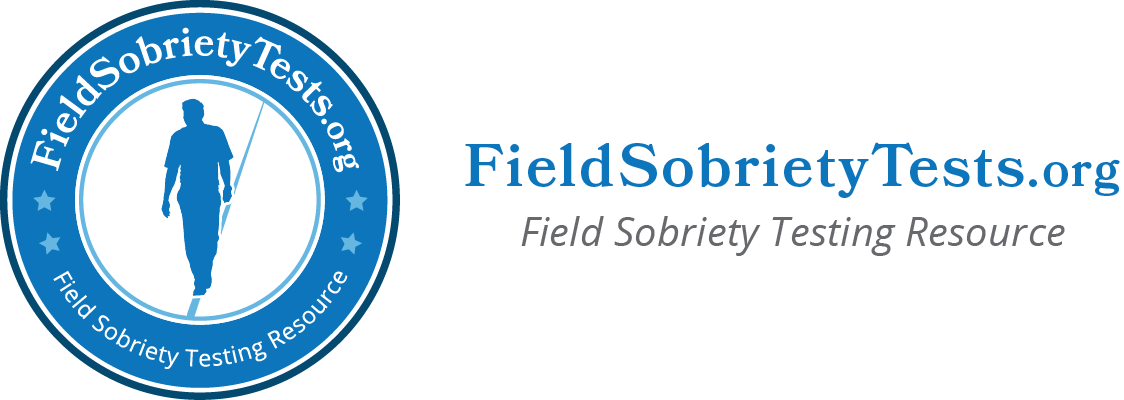Vertical Gaze Nystagmus
Consumption of alcohol has been established to cause nystagmus, or an involuntary jerking of the eyes. During the course of a DUI traffic stop, an officer may administer a test to evaluate nystagmus. The most common version, and the one approved by the National Highway Traffic Safety Administration, is the horizontal gaze nystagmus test. However, the vertical gaze test is sometimes used as well.
Vertical Gaze Nystagmus Test Procedure
Before administering the vertical gaze nystagmus test, the officer will check your pupil size, resting nystagmus and ability to track an object to evaluate possible medical impairments. If the officer determines that no impairments exist, he or she will begin the test.
To administer the vertical gaze nystagmus, the officer will hold a small stimulus (such as a penlight) approximately 12-15 inches in front of your nose. Then, with your head held still, you will follow the stimulus with your eyes as the officer moves it up and down.
The officer will look for three clues indicating intoxication in each eye, for a total of six possible clues. These include problems following the object smoothly, distinct nystagmus when you are looking all the way up or down and the onset of nystagmus before your eyes reach a 45 degree angle. If you exhibit four or more clues, you meet the criteria for arrest.
Fighting the Vertical Gaze Test
Although intoxication is one factor that can cause nystagmus, there are a number of other neurological and ophthalmological conditions that could cause a person to fail this test. A field sobriety test or medical expert could help you challenge the results in an effort to fight your DUI charges.

